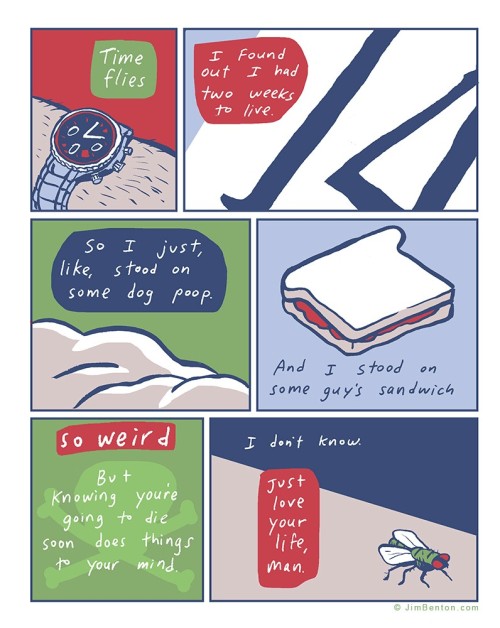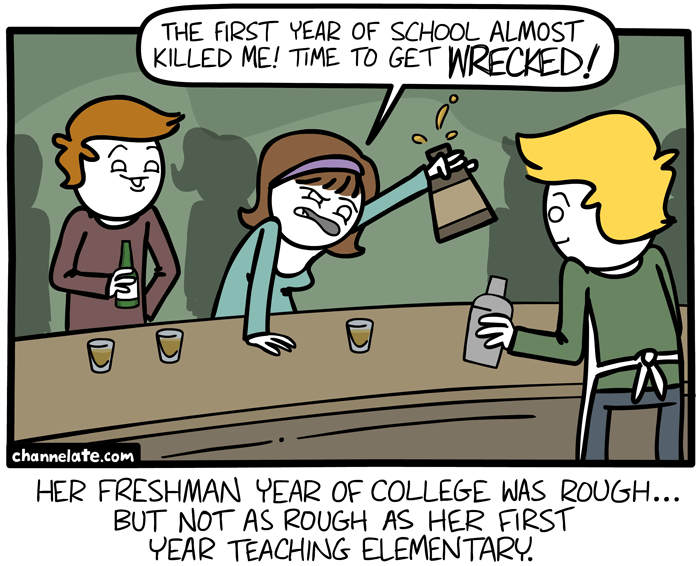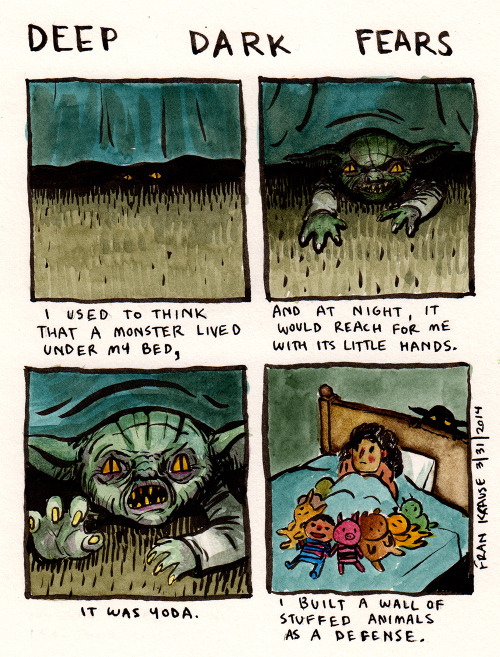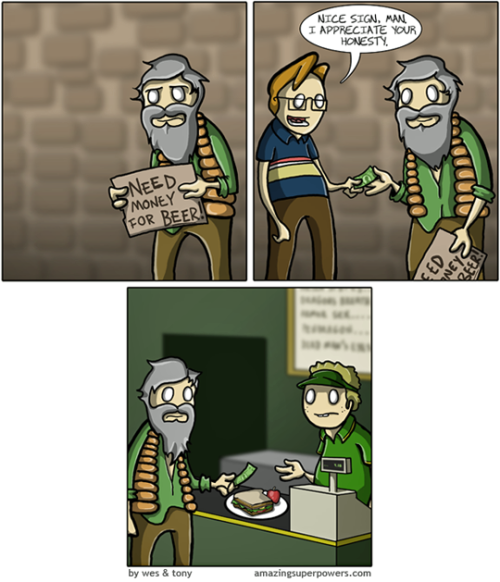If you look back at some of the photos from late March and early April of this year, on lava flows almost double the age of this one (~3000 years versus ~1600 years), you can see the trees near McKenzie Junction are scattered and stressed. That's not to say some of them aren't large and healthy, but the fresh surface to the east are clearly difficult for the conifers to flourish upon. We see a similar situation here. However, given that this flow is roughly half the age of the flows near the junction, it's a bit of a puzzle how these ones are doing as well, and are as mature, as they are. This area is perhaps more sheltered from strong winds (though I'm guessing; the valley could act as a funnel, and strengthen them), and being higher elevation, may get more annual precipitation. On the flip side, higher elevation means cooler, shorter growing seasons. The short version is that it's difficult to imagine even scattered trees growing to the sort of maturity we see here, from barren, sterile lava, in only 1600 years.
Photo unmodified. October 9, 2014. FlashEarth location.
Is This Your Hat?
11 years ago




































































